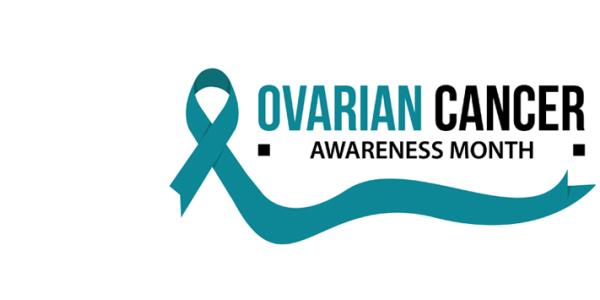
Do you understand your risk level for developing ovarian cancer?
The female reproductive system includes two ovaries — one on each side of the uterus. The ovaries produce the eggs (ova) necessary for reproduction, but are also the main source of the female hormones estrogen and progesterone. Most women don’t think much about their ovaries unless they are trying to get pregnant or dealing with menopause symptoms. But contained within the ovaries are three kinds of cells, each of which can develop into a different type of tumor. Some of these tumors are benign, but for more than 22,500 women each year, they result in ovarian cancer.
Ovarian cancer is the deadliest of all gynecologic cancers, and the ninth most common cancer among women, according to the Ovarian Cancer National Alliance. Approximately one in every 78 women will develop ovarian cancer during her lifetime, and one in 108 will die from it. Although the exact cause is unknown, a woman’s risk of developing ovarian cancer increases with age — with most cases occurring after menopause. Studies have also linked family heritage and genetics, including the BRCA1 or BRCA2 mutation, to ovarian cancer.
According to the American Cancer Society, only 20 percent of ovarian cancer cases are detected at an early stage. This is because the symptoms of ovarian cancer are quite subtle and, therefore, hard to diagnose. As a result, women often wait to seek medical help until the cancer has already advanced.
The only way to prevent ovarian cancer is to remove the ovaries — usually as part of a hysterectomy. However, some very high-risk women may opt for an oophorectomy, which is the surgical removal of the ovaries, leaving the uterus in place. Most risk factors, such as age and family history, can’t be controlled. However, maintaining a healthy weight and not taking hormone replacement therapy after menopause may reduce your risk. Interestingly, taking birth control pills for five or more years can also reduce your chances of ovarian cancer by up to 50%. See other risk factors.
If you are at low risk and have no symptoms, there are currently no recommended screenings specifically for diagnosing ovarian cancer. However, you should still be getting regular gynecological exams as part of your routine physical. If you are at an increased risk for developing ovarian cancer, make sure to:
- Talk with your doctor about your risk. Your doctor can help you evaluate your risk of ovarian cancer and discuss the symptoms that you should watch for. If you are at increased risk and develop any possible symptoms, you should check in with your doctor right away.
- Get regular women’s health exams. Talk with your doctor about how often you should be getting gynecological exams like a pelvic exam and Pap test. While they don’t often diagnose early stages of ovarian cancer, these tests can help detect other cancers and conditions at an early stage.
- Get tested as needed. Certain screenings can detect ovarian cancer in its earliest stage, before a doctor can feel it in an exam. Talk to your doctor to see if a transvaginal ultrasound (TVUS) or CA-125 blood test could benefit you.
When diagnosed and treated early, you can likely overcome ovarian cancer. According to the American Cancer Society, when diagnosed at the earliest stage, 94 percent of patients with ovarian cancer live more than five years after being diagnosed. September is Ovarian Cancer Awareness month, so it’s a perfect time to take a step to protect yourself by understanding your risk level and getting screened. Talk to your doctor about your risk level if you are concerned about your chances of developing ovarian cancer.
This article first appeared in the September 2019 edition of the HealthPerks newsletter.

